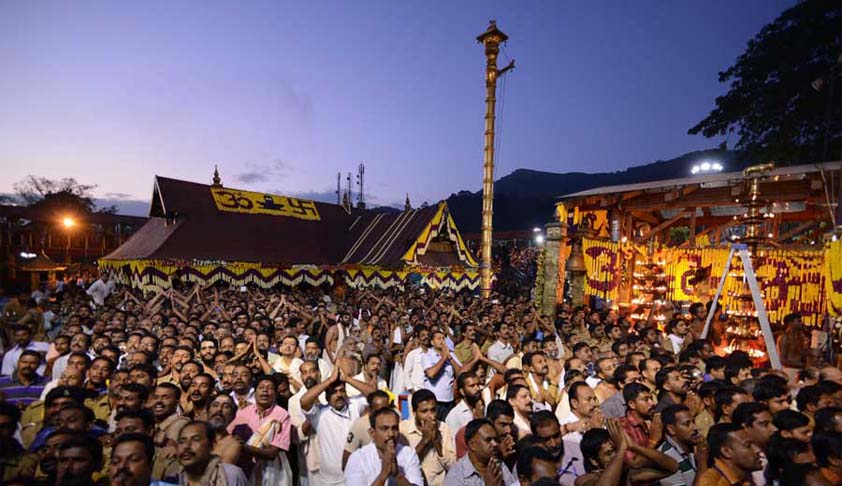Supreme Court set to hear the challenge to Sabarimala Temple's restrictions on Entry of Women
LiveLaw Research Team
11 Jan 2016 9:13 PM IST

Next Story
11 Jan 2016 9:13 PM IST
A Supreme Court bench comprising Justices Dipak Misra, Pinaki Chandra Ghose and NV Ramana today briefly heard the writ petition (civil) 373 of 2006 filed by Indian Young Lawyers Association, seeking lifting of the ban on entry of menstruating women to the famous Sabarimala temple. The hearing, which lasted for about half an hour, saw interesting exchanges between Justice Misra and KK...
